Grace Heritage Site Sees New Life in Lincoln
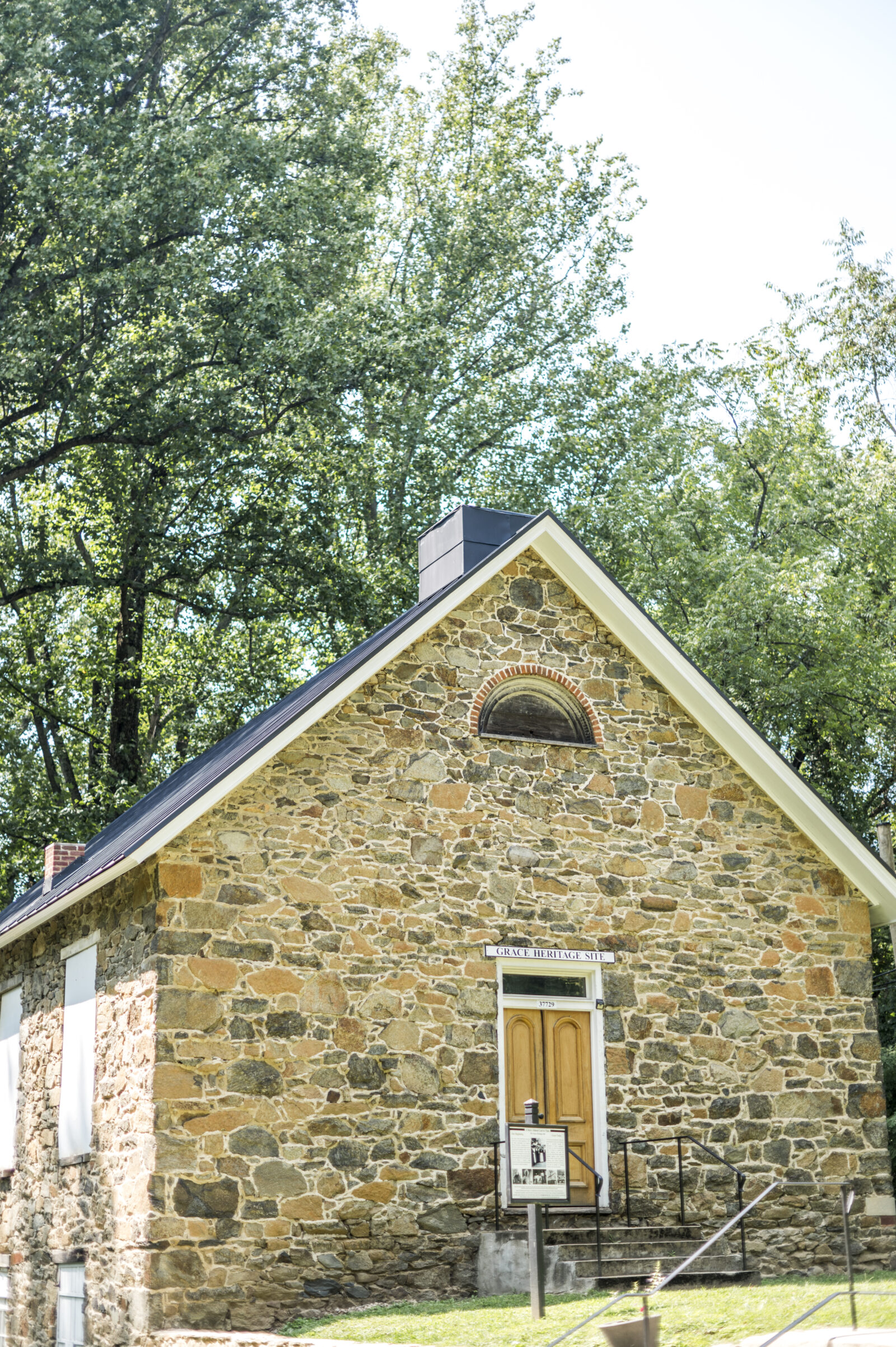
Written by Diane Helentjaris
Just down a rutted gravel lane in Lincoln, an old church perched on a knoll comes into view, almost exactly as it was seen by generations who walked this dirt pathway to worship. Though the original purpose of the building — known then as Grace Methodist Episcopal Church — is unmistakable, it is clearly no longer in use. The windows are boarded over. The steeple has lost its point. No bell rings out calling people to prayer.
It’s been more than two decades since Carol Morris Dukes found Grace while out on a walk. “What really got to me when I first tripped across this building was that no one knew anything about it. Walking down dirt roads in the 1990s, [I found it] completely covered by poison ivy … engulfed. I could see a little bit of the cornerstone. Asa Moore Janney told me, ‘It used to be a Black church.’ Intrigued, I wanted to know more about it … this beautiful — I just knew it was beautiful — building under the poison ivy.
“[It] just tugged at me that people seemed to have forgotten all about it. [There are] important people buried there,” Dukes continues. “This is worthy of remembering. We need to honor these people.”
The stone building sits secluded in a green dell fringed by trees and homes. Its lintel is emblazoned with “Grace Heritage Site.” A few massive trees punctuate the cemetery which flows across the green grass to nearby Mount Olive Baptist Church.
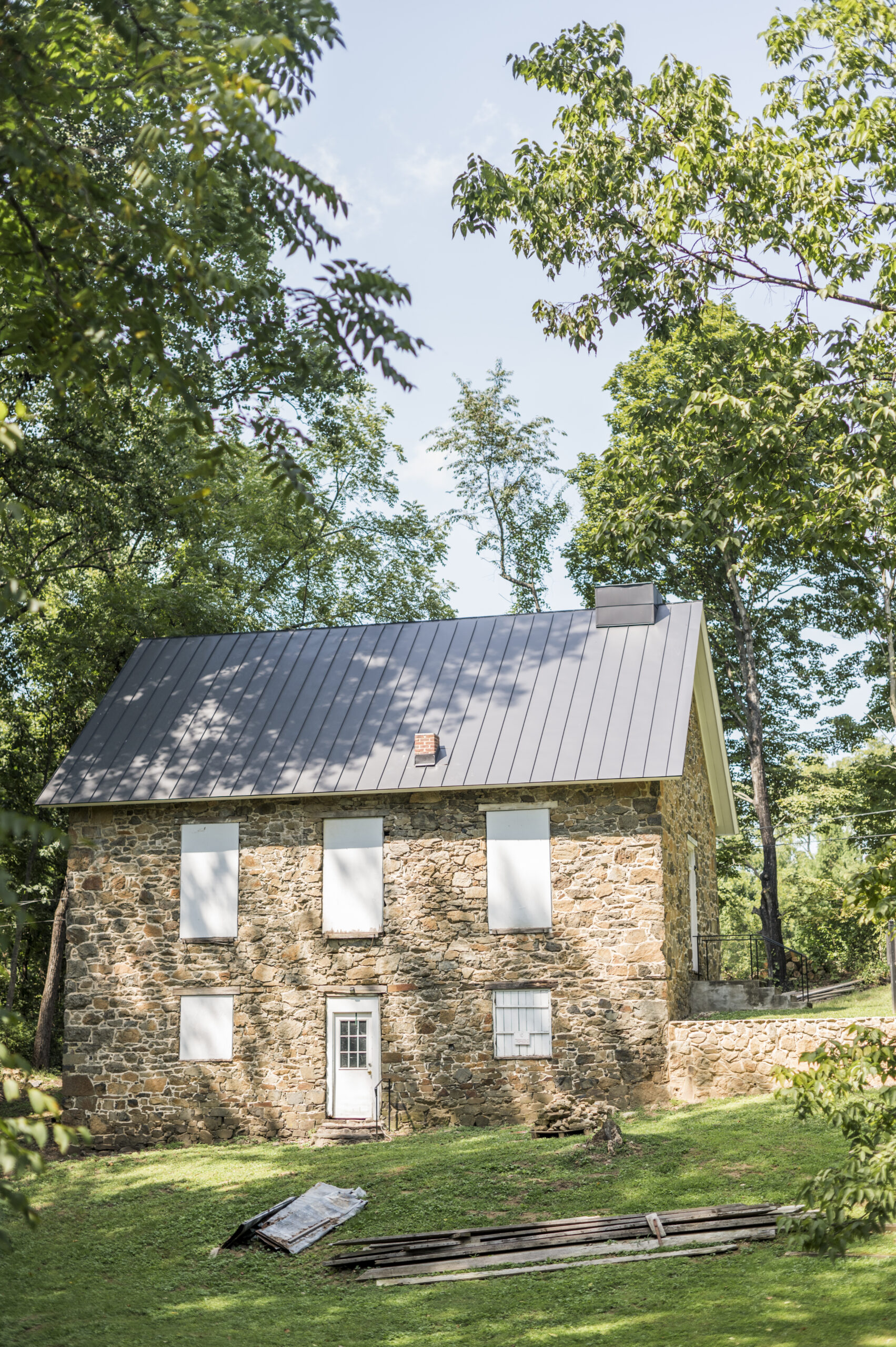
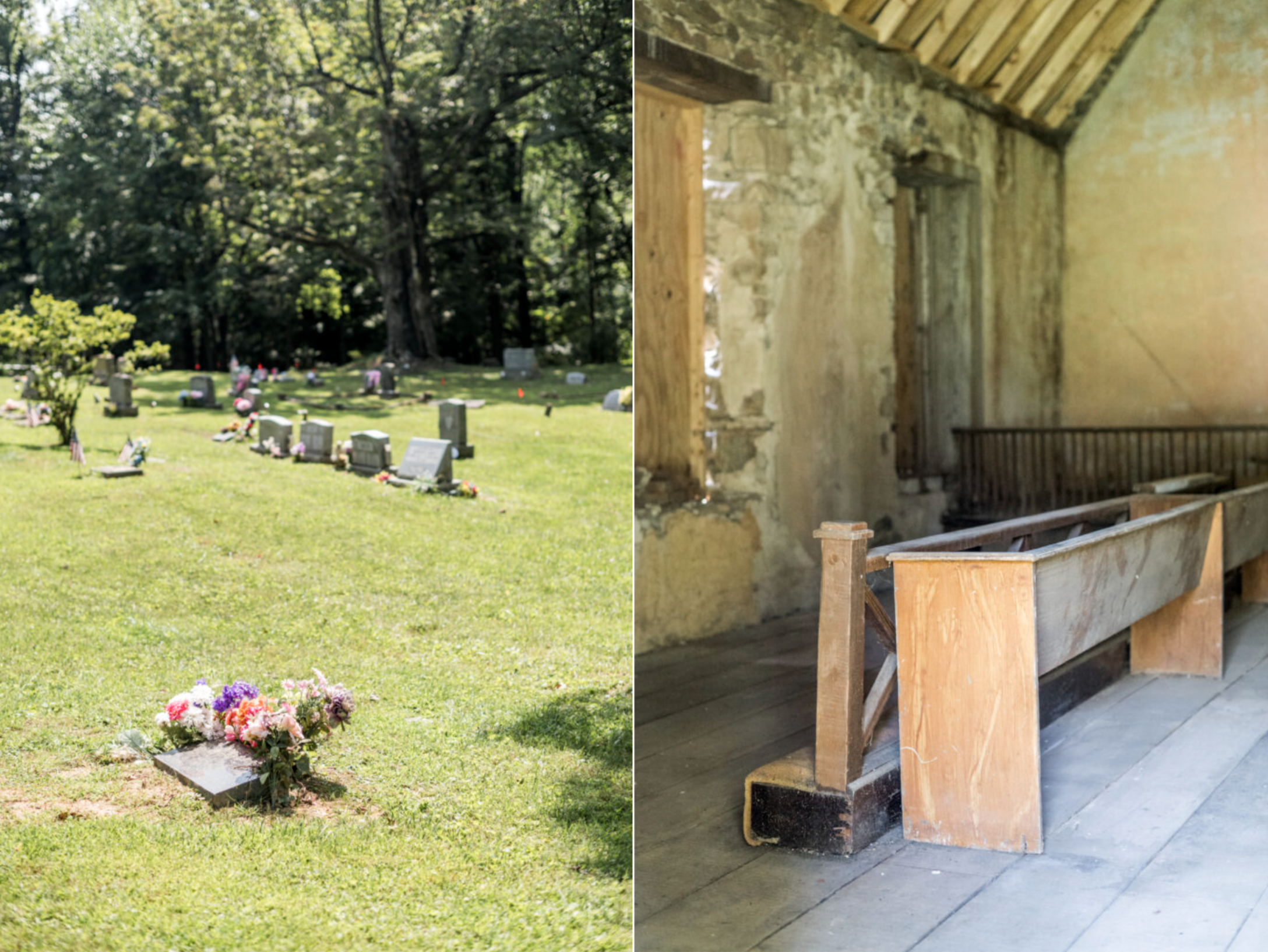
The graveyard is mainly a mix of 19th- and 20th-century headstones and unmarked burials. It’s the final resting spot for Samuel and Josie Murray, upholsterers who sparked the 1955 desegregation of the Purcellville Library. Three African American soldiers who served in the Union Army during the Civil War rest here. Billy Pierce, whose career as a journalist and choreographer carried him to Manhattan during the Harlem Renaissance, is buried beside his parents.
Pierce’s childhood school can be seen through the trees if one stands on the south side of Grace Heritage Site. Pierce attributed “the greatest factor in shaping my future as to right thinking” to “a fine little Quaker lady, Miss Cornelia Janney,” who read and lectured the students every Friday. The land was donated by a Quaker family, the Rossums.
Quakers — or more formally, members of the Religious Society of Friends — played an integral role in the foundation of Lincoln and Grace Heritage Site, too. Lincoln began in the 1740s as a Quaker settlement centered around their Goose Creek Meeting House. Consistent with the Quakers’ strong opposition to slavery, the village became a center of abolitionist activity and resistance to various government edicts. Not surprisingly, many suspected Lincoln Quakers, like other American Quakers, to be secret participants in the Underground Railroad. In July 1865, with the Civil War over, a post office was opened in the settlement newly named Lincoln in honor of the assassinated president.
Grace Methodist Episcopal Church, as well as most of Loudoun’s other African American churches, sprang to life in the aftermath of the Civil War. Prior to the war, establishment of African American churches was stymied by Virginia law. Founded around 1872 under the leadership of Methodist circuit minister Reverend Henry Carroll, the church was built by freedmen and Quakers working together. In 1885, the marble cornerstone was laid for the church building. When the Rossums donated land for Lincoln School B, they also donated the land for Grace Church. Some records indicate that the congregation also purchased a half-acre to build the church.
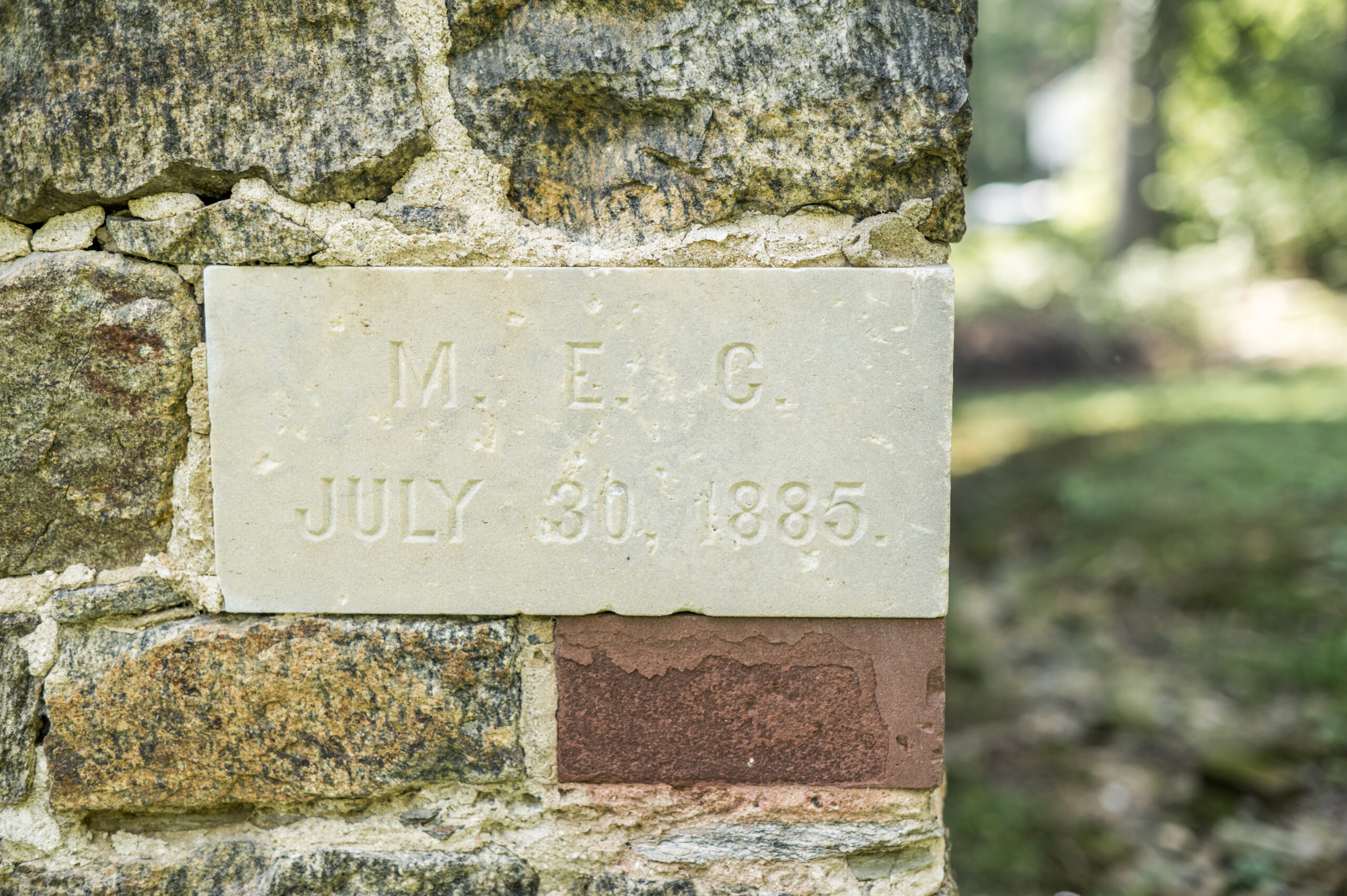
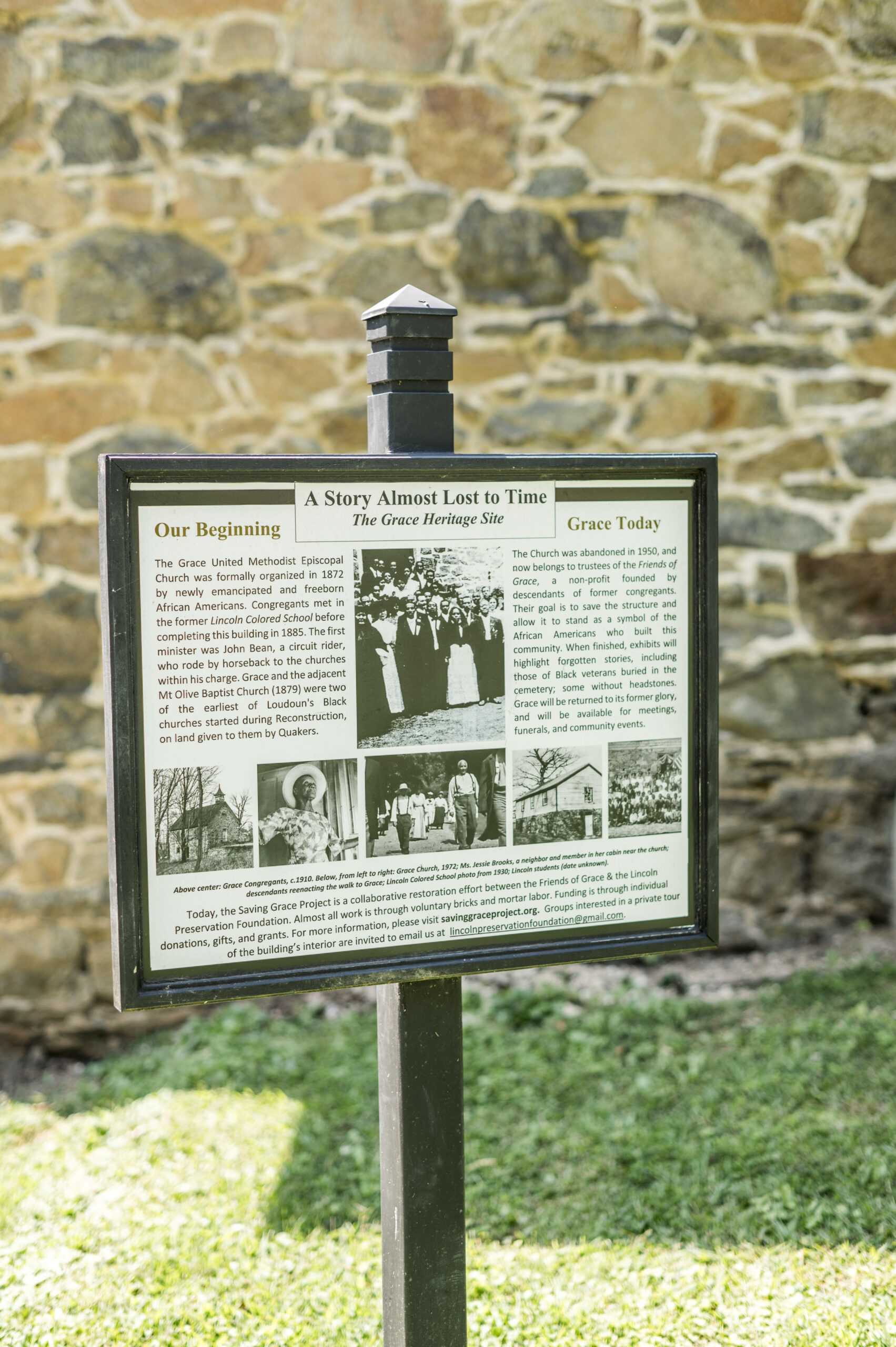
Originally, the building was dual purpose. The lower floor, like a bank barn with a door and windows on one side, served as a vocational school. Quakers taught African Americans skills such as shoe repair, sewing, and cooking. Services took place on the main floor with a low, railed platform for the choir and a platform for the preacher.
A vibrant church life existed at Grace Methodist Episcopal Church. However, over time, like in other parts of the South, much of Lincoln’s African American population moved away. In 1942, at the urging of the church district administration, the congregation shifted its base to Purcellville. They broke ground there for Grace Annex United Methodist Episcopal Church in 1949, and by 1952, use of the Lincoln building had ceased. Wildlife and vegetation edged in and began to take over until Dukes found it on her walk.
In 1999, Dukes organized the nonprofit Lincoln Preservation Foundation. A past president, she currently serves as a board member. The mission of the foundation is to “document and preserve the culturally diverse heritage” of Goose Creek Historic District, a 10,000-acre area in western Loudoun anchored by the village of Lincoln. In 2002, the Foundation united with the then-trustees of Grace Church to restore it. Eventually, a second nonprofit, the Friends of Grace Multicultural Center, was formed by descendants of the Grace Methodist Episcopal Church congregation.
Jeffrey Jackson, president of the Friends of Grace, grew up in Purcellville. He taught in Loudoun at the elementary level for 33 years and coached at several of the county’s high schools. For him, Grace Church’s history is personal. His parents and maternal grandparents worshipped there, and he has relatives buried in its cemetery. He sees Grace as a place for his grandkids to connect with their family’s story. But also, “It’s a great building. Just look at it architecturally.” He and Dukes serve as the project coordinators of the Saving Grace Project, the effort to restore the old church building to its original form.
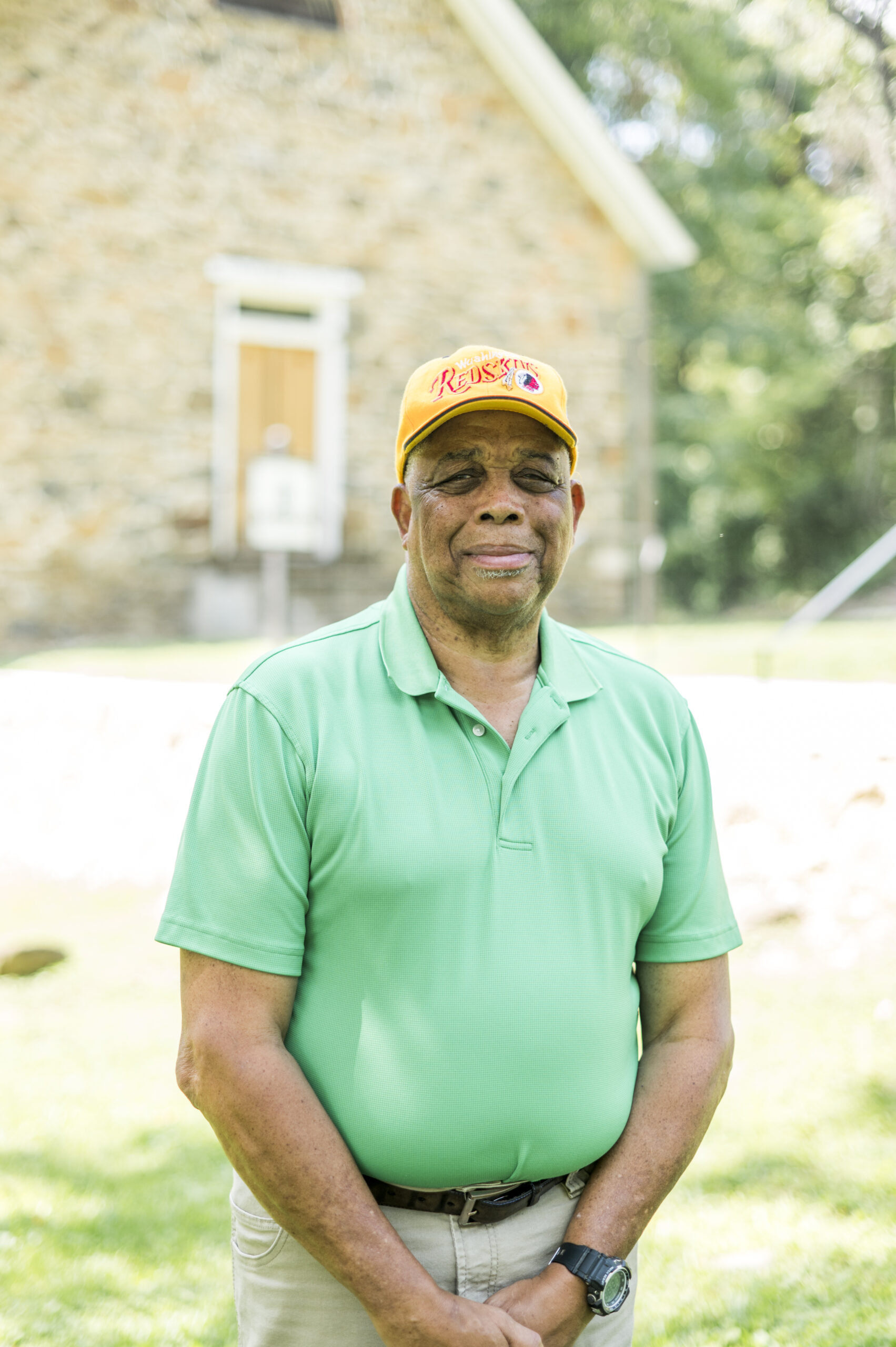
Reggie Simms is also a Purcellville native and part of the descendant community. The Army veteran has gathered information on nearly 300 Loudoun African Americans who served in the military. His material dates as far back as the Civil War and includes at least one Tuskegee Airman. Simms is passionate about doing his part to recognize and honor veterans. The plan for the African American War Veterans Project is to have a display in the lower level of the Grace Heritage Site.
Like many rehabilitation projects, unforeseen obstacles have popped up along the way. Before restoration could be done, ownership of the property needed to transfer from the United Methodist Church to the Friends of Grace. A combination of volunteer work, donations, and grants were tapped over the years to help bring the building back.
In 2018, the historical importance of the Grace Heritage Site was underlined when Preservation Virginia placed it on its annual Most Endangered Historic Places survey. In 2023, Virginia’s Museum of History & Culture awarded the Lincoln Preservation Foundation $40,000 from its Commonwealth History Fund. This money was used to place a new roof on the building.
“We are halfway done,” Dukes believes. “The roof was the biggest project. The rest will happen much more quickly.”
Photographer Sarah Huntington documented the building’s interior and exterior in 2004, prior to the reconstruction efforts. With her video team, she’s created an evocative five-minute film. Jeffrey Jackson and other descendants can be seen in it, portraying their forebears as they walked down Brooks Lane to church. The piece can be viewed on the Lincoln Preservation Foundation’s website.

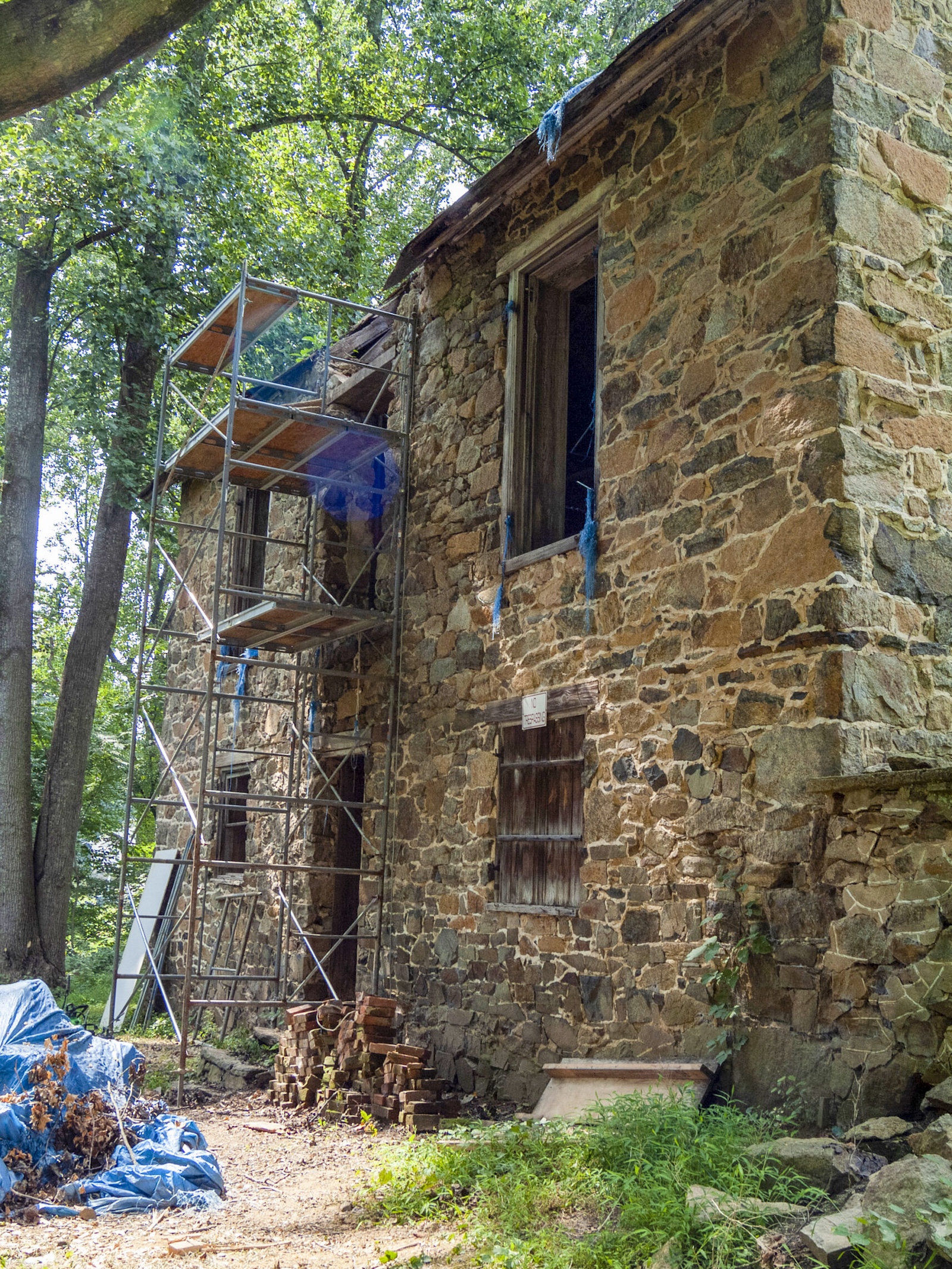

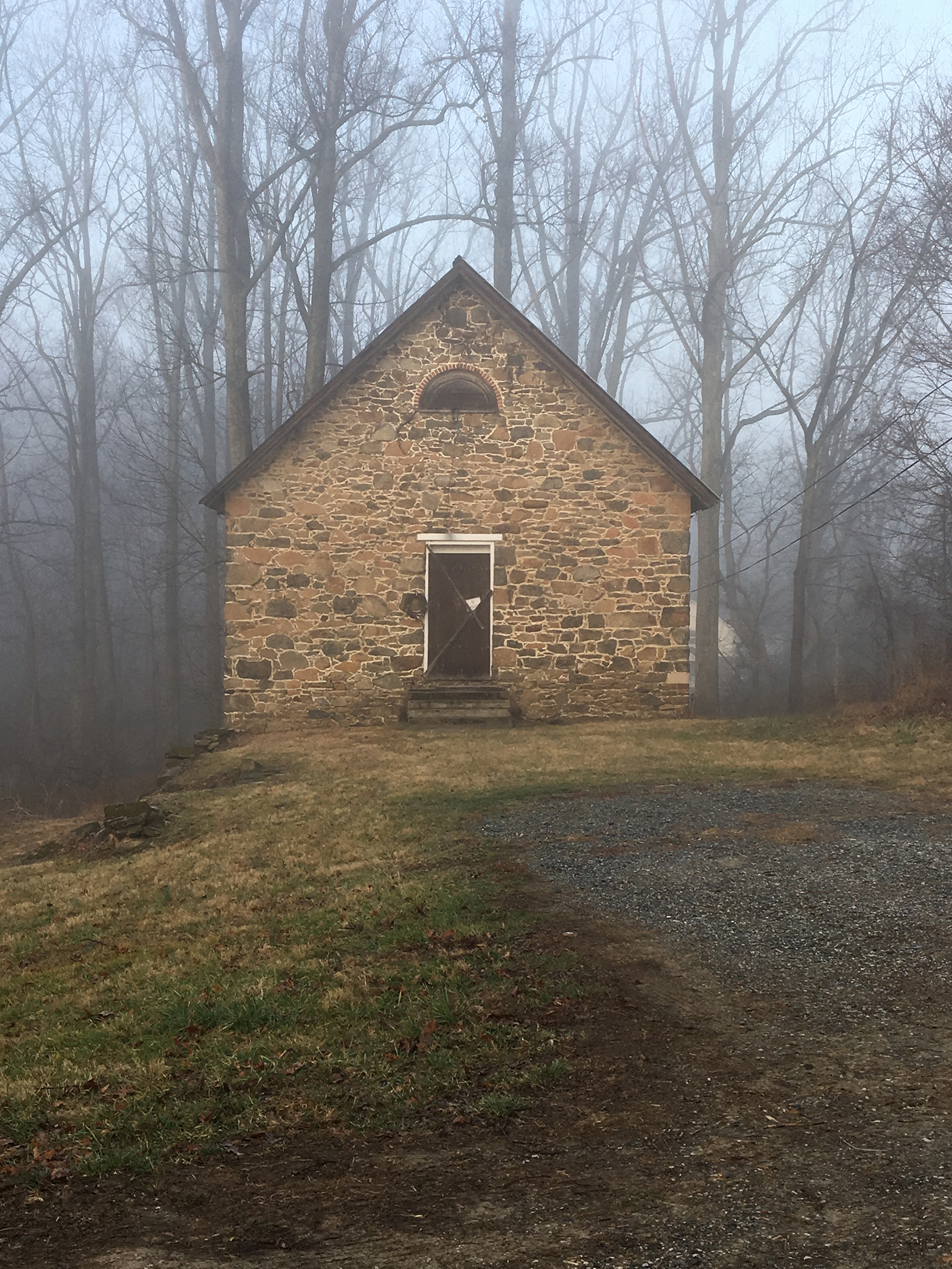
Huntington says, “I’ve been photographing Grace Church since the early 1980s when it was a forgotten relic in what was once a thriving African American community in the nearby village of Lincoln. In 2002, the Lincoln Preservation Foundation began an ambitious restoration project which is almost finished. I applaud everyone who has helped this most important restoration project come to fruition.”
And, Dukes speaks for many when she says, “I have very deep emotional feelings about this project and this building. It is very dear to my heart.” ML
For more information about the project, visit savinggraceproject.org or lincolnpreservation.org.
Published in the September 2024 issue of Middleburg Life.








